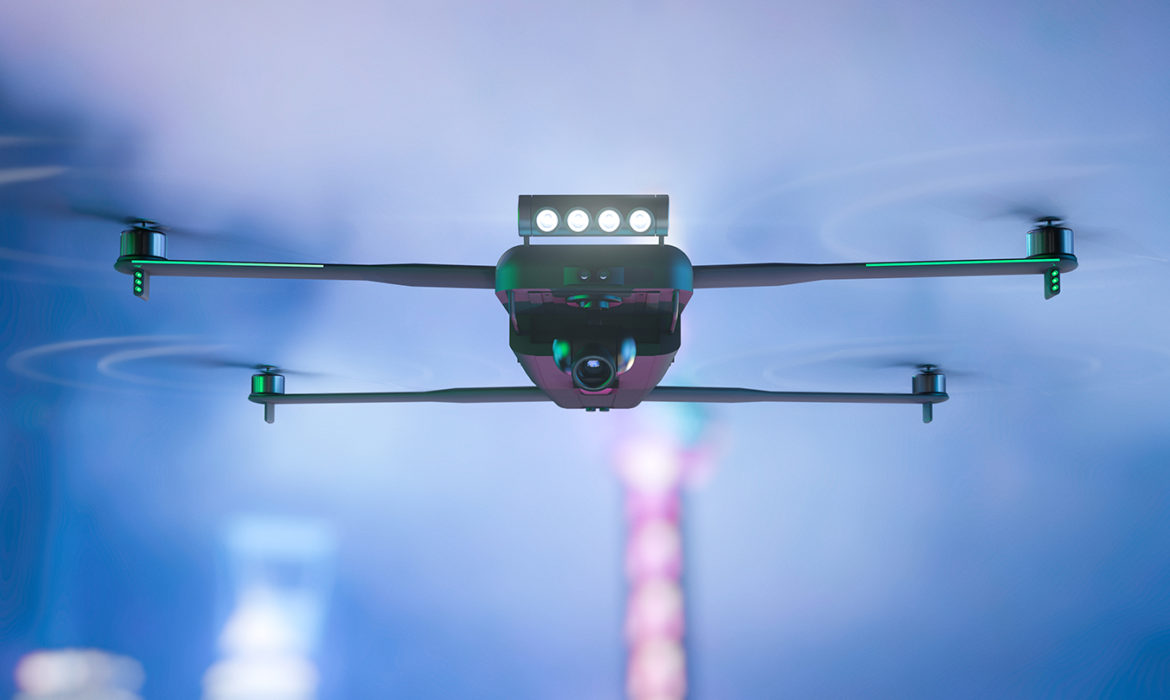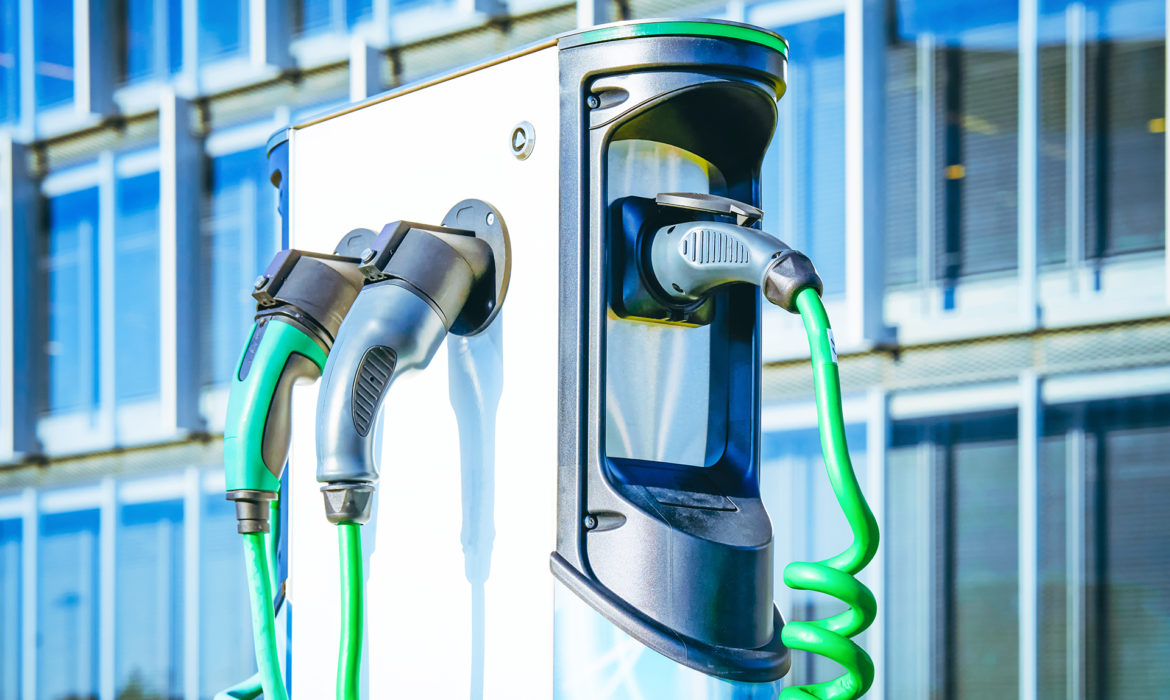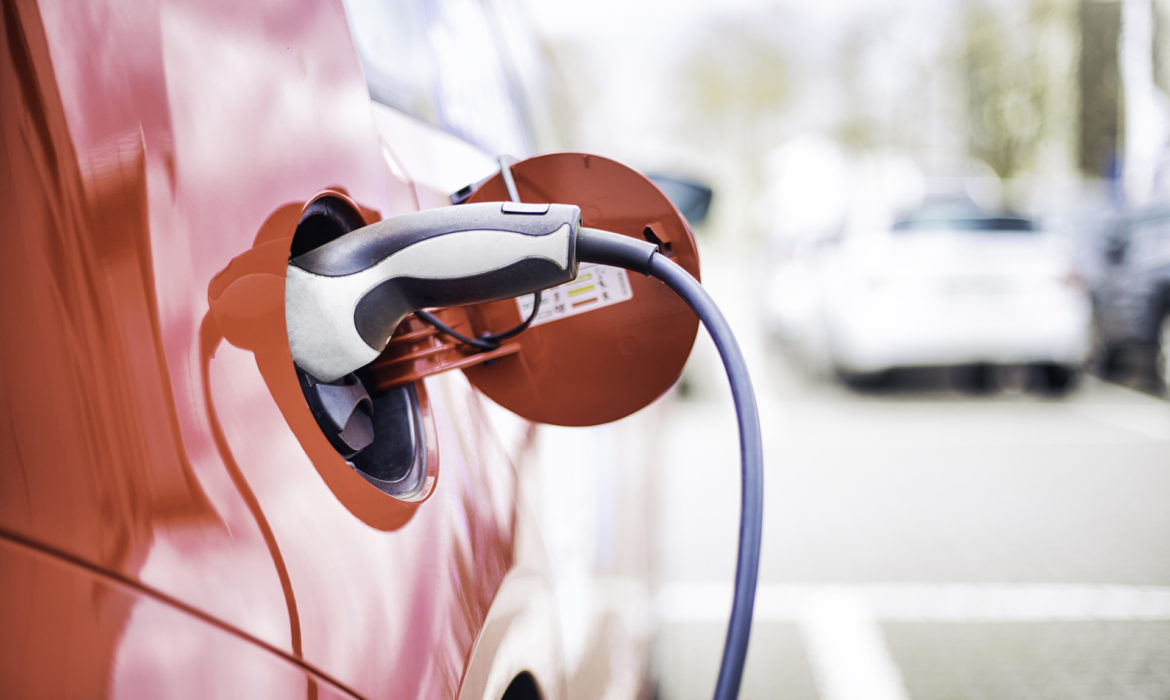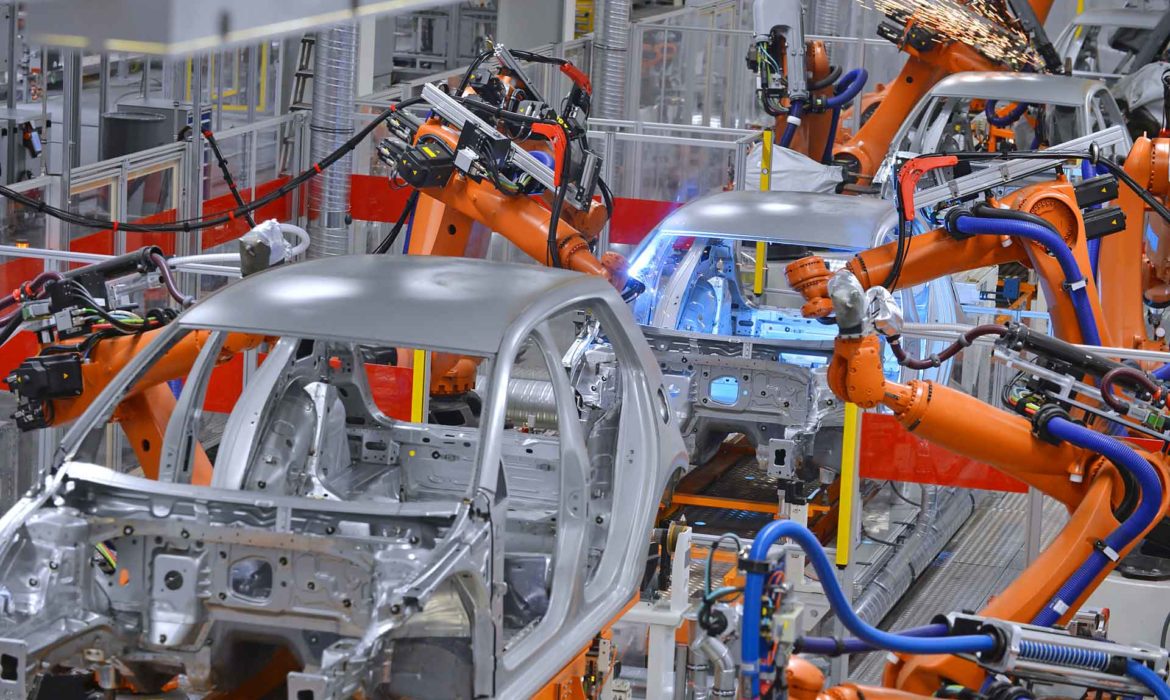
Decarbonising the way to rail recovery
To achieve the target of net zero by 2050, the rail industry has a lot to do. As TOCs prepare for the return of normal services, is there an opportunity to accelerate decarbonisation programmes at the same time?
Driving costs, productivity and pace in construction projects
Poor productivity and pace slippage in construction costs money and damages projects margins. We explore how productivity can be measured and improved.
The future is vertical
Paul Adams considers recent developments in the UK to accelerate the future of urban air mobility. How will these tech disruptors transform existing aerospace supply chains?
The changing world of Electric Vehicle supply chains
The whole automotive industry is engaged in a pivot towards Battery Electric Vehicles. Supply chain design is a crucial element in achieving the required pivot.
More EVs are coming, but will the price be right?
Justin Benson considers the importance of balancing brand and price as established car makers line up to launch new mass market EVs.
Removing and controlling costs – a strategic imperative for construction firms
Long-standing low and recently falling margins in construction are in danger of becoming an expected norm. But does it really have to be that way?
Supply chain understanding and development is key to retrofit success
Action is needed to upgrade the energy efficiency homes and other buildings in the UK. However, issues must be addressed to implement the retrofit programme.
Vendigital continues its growth into Aerospace and Defence with the hire of a new Director
Vendigital has hired an experienced industry expert to work in the A&D sector to support expansion and compliment the incumbent team
Baking in value on the road to industrialisation
Inspirational examples of innovation in response to shifts in market demand have been a stand-out feature of the past year, with many manufacturers pivoting to focus on revenue generation during the pandemic